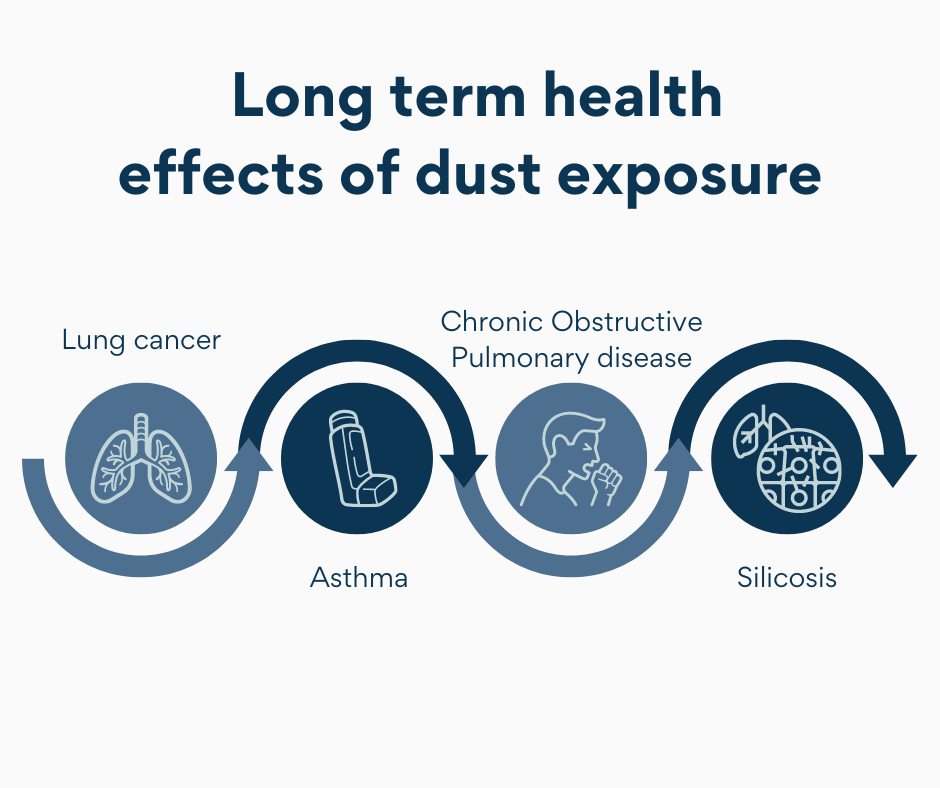Maintaining good housekeeping is essential for ensuring employee safety within an organisation. Effective housekeeping practices can help companies minimise workplace hazards and create a safe and secure environment for their employees.
1. Maintain a regular cleaning schedule
 Ensure that floors and surfaces are cleaned on a regular basis, along with carrying out immediate ad hoc cleaning if spills occur. Spill kits are helpful for cleaning liquid spills, particularly oily, greasy and otherwise hard to clean substances.
Ensure that floors and surfaces are cleaned on a regular basis, along with carrying out immediate ad hoc cleaning if spills occur. Spill kits are helpful for cleaning liquid spills, particularly oily, greasy and otherwise hard to clean substances.
2. Keep light fixtures clean
Dirty light fixtures can decrease visibility in the workplace and cause preventable accidents – these may require manual cleaning.
3. Keep flooring in good condition
Overly worn or damaged flooring can be a significant tripping hazard, and should be replaced once it gets to this state. Additionally, areas that cannot be cleaned continuously, such as entrance ways, should be fitted with anti-slip flooring.
4. Control dust in the workplace
 Regularly breathing in dust created in construction environments can cause diseases like lung cancer, asthma, Chronic Obstructive Pulmonary Disease (COPD) and silicosis.
Regularly breathing in dust created in construction environments can cause diseases like lung cancer, asthma, Chronic Obstructive Pulmonary Disease (COPD) and silicosis.
Where possible, work should be designed to eliminate or reduce the amount of dust generated – however, if this is not possible then the next strep is to prevent dust from getting into the air.
There are two main ways of achieving this:
- Water can be used to dampen down dust clouds throughout the work process
- On-tool extraction can be used to dust as it is being produced, attaching directly onto the tool while it is in use.
5. Declutter your workspace
A cluttered workspace can mean less space to move, more tripping hazards, and an increased fire risk. Keep aisles, stairways, emergency exits, and electrical panels as free of clutter as possible, and organise untidy areas in the workplace.
6. Keep up with building maintenance
 Keeping buildings in good condition plays a key role in good housekeeping. This includes:
Keeping buildings in good condition plays a key role in good housekeeping. This includes:
- Maintaining sanitary facilities
- Repairing broken windows, surfaces, doors and plumbing
- Regular painting and cleaning of walls
Be sure to replace or fix broken or damaged items as quickly as possible, and follow a maintenance program for inspections, maintenance, upkeep and repairs.
7. Provide separate break areas
Eating, drinking and smoking areas should be separate from work areas in environments where hazardous products are handled. These rest areas should also be cleaned properly each shift.
8. Look after tools and equipment
Proper tool maintenance is crucial – tools should be stored in designated areas with clearly marked spots to ensure an organised layout, and should be returned promptly to minimise the risk of misplacement or loss.
Workers should regularly inspect, clean, and repair all tools, removing any damaged or worn-out tools from service.
9. Store materials sensibly
 Proper organisation of stored materials is key to addressing storage challenges, whether temporary or permanent.
Proper organisation of stored materials is key to addressing storage challenges, whether temporary or permanent.
Reducing the amount of handling, particularly manual handling, can help decrease the risk of strain injuries.
Stockpiles should be placed in a way that doesn’t disrupt work but remains easily accessible when needed. Additionally, stored materials should maintain at least one metre (or about three feet) of clear space beneath sprinkler heads.
10. Create clear written rules
Ensure you have written protocols on place to specify how the workplace should be maintained – e.g. cleaners, tools and methods to be used.
These rules should be communicated to employees.

Manual Handling and Slips, Trips & Falls training courses are essential tools in preventing accidents and injuries in the workplace.. Make sure you don’t miss out on our 10% off deal on these courses, available until the end of August. Simply enter the code ‘mh10’ at checkout to save!
Read more Top 10 Tips blogs here.
To keep up to date with the latest health & safety news and advice, follow us on social media:
